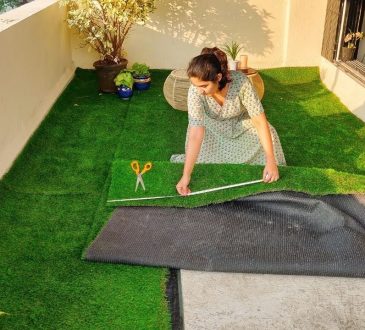
KEY OBJECTIVES:
This site will educate home residents to start a kitchen area area area garden round the balcony. This site highlights:
![Free download Kitchen Remodel Design Ideas Modern Country Kitchen Wallpaper [800x600] for your Desktop, Mobile & Tablet | Explore 47+ Modern Kitchen Wallpaper | Country Kitchen Wallpaper, Wallpaper for Kitchens Wallcoverings, Kitchen Wallpaper](https://cdn.wallpapersafari.com/35/96/ZNYTX0.jpg)
- Affordable approaches for a kitchen area area area garden.
- Eco-friendly way of applying kitchen garden
- Maintenance approaches for kitchen garden
Balcony gardens are a very good way for condos and apartments to reconnect with nature. Additionally, growing fruits, herbs, and vegetables within your house supplies liberating of fulfillment. Whatever the size your balcony, if you do creativeness and dedication, you may also morph it right into a dream kitchen garden.
To get began, listed here are the five-best balcony kitchen garden tips.
- Selecting The Correct SPACE
The first step would be to uncover the perfect space according to factors for example sunlight, area, and. Your home garden doesn’t need to become located alongside your home. It may be on any balcony within your house. Certain apartments may have multiple balconies, so you might like to select the one the best for plants. Confer with your apartment complex’s rules regarding the keeping of plants across the balcony. Determine the quantity of sunlight that will hit the balcony and, according to that, decide how to begin an outside.

- SUNLIGHT EVALUATION
Probably most likely probably the most critical answer to consider when making a kitchen area area area garden is sunlight. Be acquainted considering the variety of sunlight that will hit your balcony. Various plants require superiority of sunlight. Vegetables require roughly 8-10 hrs of sunlight, while herbs require roughly 2-4 hrs of sunlight.
Therefore, make sure that you simply choose a location that receives probably most likely probably the most sunlight. In situation your balcony reaches a shady location, don’t get worried you’ll probably still plant varieties that need less sunlight. However some vegetables, for example tomato, pepper, squash, and cucumber, require sunlight, others, for example beets, cabbage, carrot, and pea, can thrive in partial shade.
- LAYOUT DESIGN
According to the space together with your needs, you can help make your garden nonetheless, you would like. For people who’ve somewhat balcony, for instance, you can consider mounting a vertical garden inside your wall. Assistance in reserving floor position for other purposes. Another option should be to maintain vibrant railing basket planters, which look great and occupy little space. Additionally, you’ll find high-quality metal plant stands in the marketplace will arrange your containers nicely.
- Selecting PLANTS AND CONTAINERS
Start with easy-to-grow herbs and vegetables for example mint, tulsi, curry leaves, lemongrass, eco-friendly eco-friendly green spinach, tomato vegetables, peppers, eggplant, and lettuce. Once your garden is produced, you are able to additional varieties using the level of sunlight you receive. When sowing the seeds, bear in mind to not sow plenty of in a single pot.
Earthen or terracotta containers are ideal for plants and they are affordable. Additionally, you can buy lovely ceramic containers in lots of colors and shapes. However, you have to consider reusing plastic and glass containers, like a great method of cut lower on waste that assist the weather. Make sure the container reaches least six inches deep to enhance root expansion. Additionally, make sure that containers have drainage holes allowing excess water to empty.
- Selecting The Correct SOIL MIX
After choosing the plants to develop, the next factor is to create a appropriate soil mix. You can buy a ready-made potting mix or help make your own by mixing soil, compost, and cocopeat. A number of occasions monthly, replenish your soil mix with organic fertilizer or compost. The soil must be porous instead of too dense to avoid water seepage. Avoid overwatering your containers, as excess water promotes plant decay.




